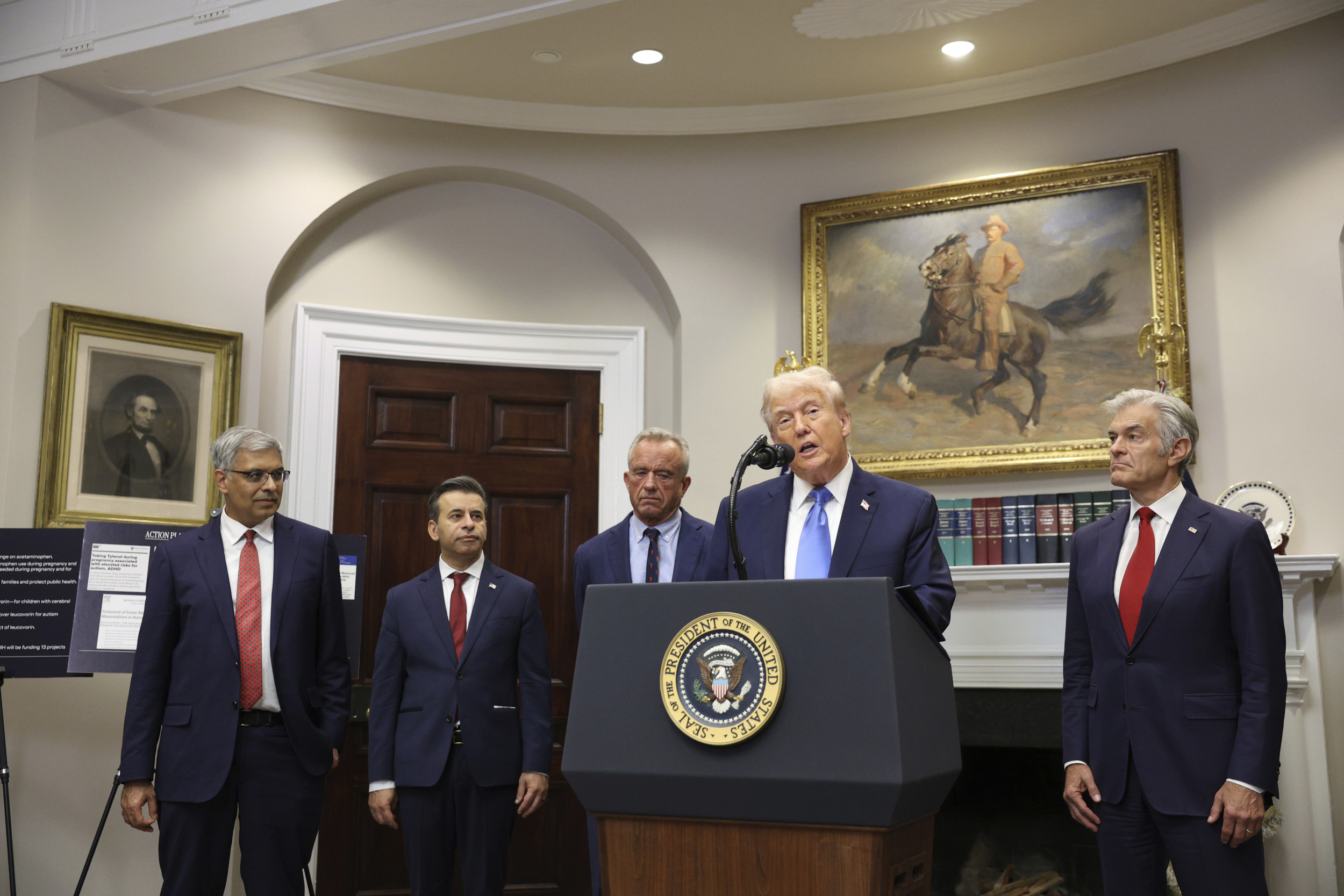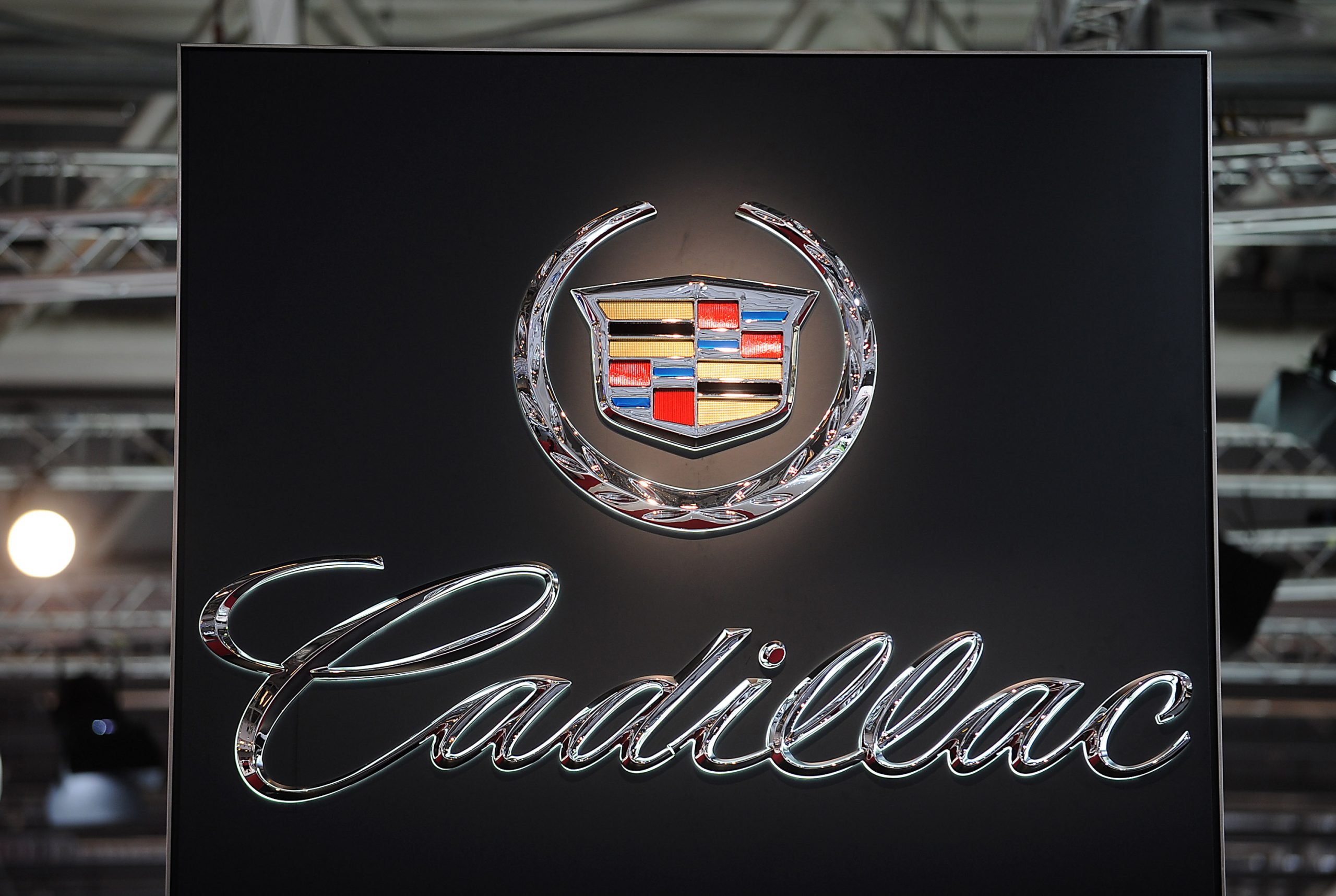
The first round of new U.S. tariffs on Canadian goods are expected to take effect Wednesday. A second wave targeting lumber and steel is set to follow within weeks. Following his first call with newly installed prime minister Mark Carney, in which the two leaders discussed the looming tariffs, Donald Trump told reporters “We are going to end up with a very good relationship with Canada.”
Trump may have spoken too soon. The trade war isn’t just targeting Canada’s economy—it redrew the country’s political map. Trump’s sweeping tariffs, inflammatory rhetoric, and not-so-veiled annexation talk may have been designed to pressure Ottawa, but instead they revived Canada’s ruling Liberal Party, deepened a civil war among its Conservatives, and handed Carney a nationalist wave to ride into a snap election.
On March 31, Carney—just weeks into the job—called a federal election for April 28. It was a bold but calculated move. “President Trump claims that Canada isn’t a real country,” Carney told reporters. “He wants to break us so America can own us. We will not let that happen.”
Only a few weeks ago, the Liberals were facing political disaster. After Justin Trudeau‘s resignation, the party trailed the Conservatives by 26 to 27 points. Pollsters projected a Conservative super-majority of up to 240 seats in the newly expanded 343-seat House of Commons.
Everything changed after the March 4 tariff announcement. Trump imposed a 25 percent levy on most Canadian imports and a 10 percent tax on energy, citing Canada’s alleged role in fentanyl smuggling and migrant crossings. Experts immediately dismissed those claims as baseless—Canada is not a source country for fentanyl, and more crossings occur into Canada than out of it. On top of the tariff threats, Trump personally insulted Canadian leadership and sovereignty, calling Trudeau a “governor” and referring to Canada as the “51st state.”
Carney, still transitioning into leadership, responded forcefully. He unveiled a $2 billion fund to bolster Canada’s auto sector, fast-tracked industrial subsidies, and rolled out emergency infrastructure spending—moves aimed at stabilizing jobs and projecting confidence. Trudeau also went on the offensive in one of his final press appearances, declaring that “what [Trump] wants is to see a total collapse of the Canadian economy, because that’ll make it easier to annex us.”
The backlash was swift and transformative. An Ipsos poll in mid-March showed the Liberals leaping ahead 38 percent to 36 percent—a 28-point swing in just over a month. As of this writing, the CBC Poll Tracker gives the Liberals 43.5 percent support to the Conservatives’ 37.4 percent. Forecasts give the Liberals a 90 percent chance of winning a majority and 98 percent chance of winning the most seats.
According to pollster Nick Nanos, Trump “has effectively changed the ballot question from: Is it time for a change? – which was bad news for the Liberals – to who can best deal with Donald Trump, the new existential threat to the Canadian economy?”
Trump’s tactics also had unintended consequences in Ontario. Premier Doug Ford, once considered an ideological cousin of the U.S. president, pivoted hard against the White House. Declaring “Canada will never be the 51st state,” Ford introduced a $40 billion emergency infrastructure and trade package and ran a reelection campaign built on resisting U.S. interference. He won a third term with a widened majority, further shifting the political mood against the Trump administration.

Cole Burston/Getty Images
Trump’s annexation rhetoric and economic aggression struck a nerve with everyday Canadians. A Leger survey from last month found that only one in three Canadians hold a positive opinion of the U.S.—down from 52 percent last year. Another found that an overwhelming 85 percent reject Trump’s remarks about Canada becoming a U.S. state.
The backlash has gone well beyond the polls. Teslas and other American vehicles have been vandalized. Canadian families have canceled spring vacations to Florida in record numbers. American flags were booed at hockey arenas in Calgary, Toronto, and Vancouver. The “Buy Canadian” movement is already costing U.S. companies.
Carney, a former central banker with deep international credentials, has quickly positioned himself as the adult in the room. In contrast to Poilievre’s populist firebrand style, Carney has emphasized stability, sovereignty, and diplomacy—without backing down.
The tariffs may energize Trump’s base, but they carry steep economic risks for the U.S. as well. Ontario accounts for 39 percent of Canada’s GDP and is the United States’ third-largest trading partner, ahead of even China. More than 76 percent of Canadian exports to the U.S. are intermediate goods, crucial to American manufacturing and agriculture.
The Tax Foundation estimates that Trump’s previous tariffs cost the U.S. 142,000 full-time jobs. A new round could hit even harder—especially in politically sensitive states like Michigan, Wisconsin, and Pennsylvania.
If Canada retaliates or accelerates trade diversification with Europe and Asia, the damage to U.S. supply chains and credibility could be lasting.
The April 28 snap election is fast approaching, and Trump looms large. He didn’t just insert himself into Canada’s election—he’s become the central issue. What began as an attempt to strong-arm a neighbor has instead unified it. Whether the Liberals can sustain this momentum remains to be seen, but the broader takeaway is clear:
Trump didn’t just launch a trade war—he reignited Canada’s national identity and reshaped its political future.
Faisal Kutty is a Toronto-based lawyer, law professor, and frequent contributor to The Toronto Star.
The views expressed in this article are the writer’s own.




